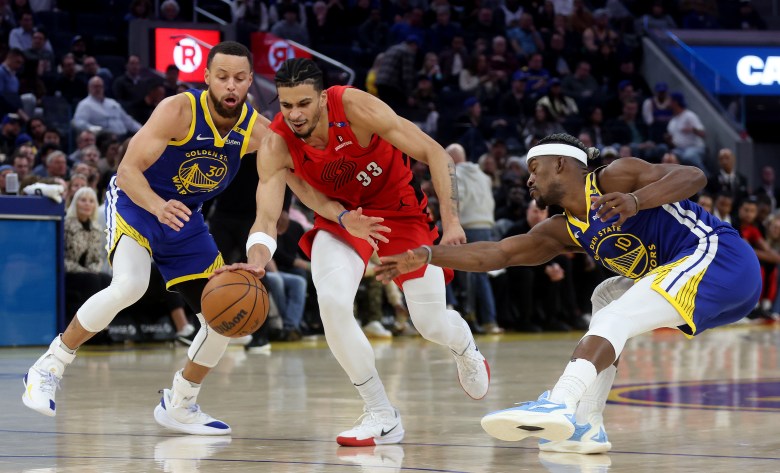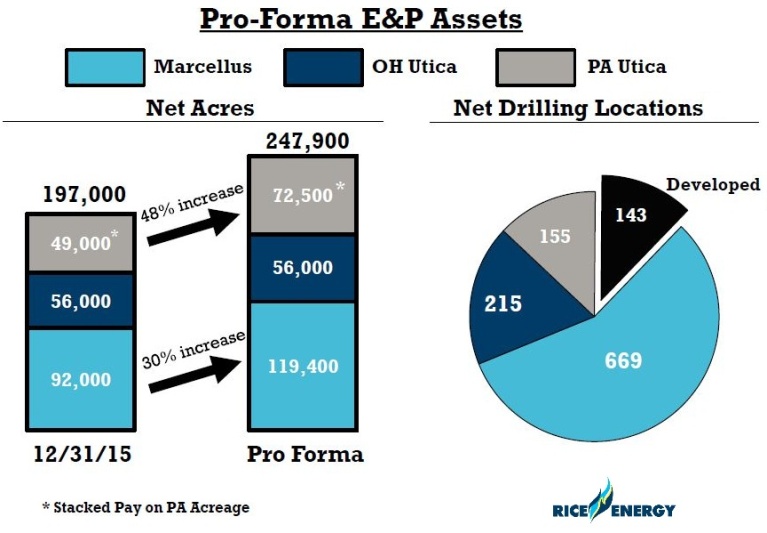Russian Gas Phaseout: EU Debates Spot Market Targeting Strategy

Table of Contents
The Urgency of Reducing Russian Gas Dependence
The geopolitical landscape shifted dramatically with the onset of the war in Ukraine. The immediate need for the EU to sever its reliance on Russian energy sources became paramount, driven by both ethical concerns and the imperative to enhance its energy security. This abrupt shift necessitated a rapid diversification strategy, moving away from a historically dominant single supplier.
- Sanctions imposed on Russia: EU sanctions targeting Russia's energy sector significantly impacted gas supply, creating immediate shortages and driving up prices. These sanctions, while intended to pressure Russia, also created significant challenges for the EU's energy market.
- Security concerns: The reliance on a single supplier like Russia presented significant security risks, making the EU vulnerable to geopolitical leverage and potential supply disruptions. This vulnerability underlined the urgent need for a more resilient and diversified energy system.
- EU energy independence goals: The EU has set ambitious goals for energy independence, aiming to reduce its reliance on fossil fuels and transition to a cleaner, more sustainable energy mix. The phaseout of Russian gas is a critical component of this broader objective. This long-term goal necessitates a robust short-term strategy to navigate the immediate challenges.
Challenges of Targeting the Spot Market for Russian Gas Replacement
The spot market, while offering flexibility, presents substantial challenges for replacing Russian gas. Its inherent volatility and the absence of long-term contracts create significant uncertainties.
- Spot market volatility and price risks: Price fluctuations in the spot market can be extreme, exposing consumers and businesses to unpredictable energy costs. This volatility makes long-term planning and investment difficult. The EU has implemented measures like energy price caps in an attempt to mitigate these risks, but these measures have also created their own set of complications.
- Competition in the spot market: The EU is not the only entity competing for alternative gas supplies in the global spot market. Other countries are also actively seeking to secure energy sources, creating a highly competitive environment. This competition drives up prices and can limit the EU's access to sufficient supplies.
- Limitations of spot market purchases: While the spot market provides immediate supply relief, it's fundamentally unsuitable for guaranteeing long-term energy security. Long-term contracts with diversified suppliers are crucial for stable and predictable energy provision. The EU's focus on the spot market represents a temporary solution until alternative long-term contracts can be secured.
Alternative Energy Sources and Infrastructure Development
The EU's strategy to replace Russian gas involves a multi-pronged approach, focusing on alternative gas sources and upgrading critical energy infrastructure.
- Increased LNG import capacity: The EU is significantly increasing its LNG import capacity by building new terminals and expanding existing ones. This helps diversify supply sources and reduce reliance on pipelines. However, the construction of these terminals requires significant investment and time.
- Renewable energy transition: Investment in renewable energy sources such as wind and solar power is accelerating, contributing to the overall goal of a cleaner energy mix and reducing reliance on fossil fuels. The intermittent nature of renewable energy necessitates investment in energy storage technologies to ensure grid stability.
- Pipeline infrastructure expansion: The EU is also expanding gas pipeline infrastructure from non-Russian sources. This requires significant international cooperation and investment. The construction of new pipelines is subject to geopolitical considerations and potential delays.
The Role of EU Policy and Regulatory Frameworks
The EU's response to the Russian gas crisis extends to policy and regulatory frameworks designed to guide and support the transition.
- EU Emissions Trading System (ETS): The ETS plays a key role by putting a price on carbon emissions. While incentivizing a shift towards cleaner energy, it can also contribute to higher energy prices in the short term. The EU is considering measures to mitigate the impact of the ETS on vulnerable households and industries.
- Energy efficiency regulations: Regulations promoting energy efficiency and conservation are being strengthened to reduce overall energy consumption and lessen the impact of price increases. Energy efficiency measures are crucial for reducing the overall demand for natural gas.
- Financial incentives for renewable energy: The EU provides substantial financial incentives for renewable energy projects and infrastructure upgrades. These subsidies are aimed at accelerating the deployment of renewable energy technologies and supporting the energy transition.
The Future of the EU's Russian Gas Phaseout Strategy
The EU's efforts to phase out Russian gas present both significant challenges and opportunities. The volatility of the spot market, coupled with the need for substantial infrastructure upgrades and the complexities of international energy cooperation, highlight the difficulties inherent in this transition. However, the increased focus on renewable energy, diversification of supply sources, and the development of a more resilient energy infrastructure represent considerable progress. A diversified and robust energy strategy is not only vital for the EU's energy security but is also essential for its long-term economic stability and the achievement of its climate goals.
Learn more about the EU's strategy for phasing out Russian gas and understand the complexities of the EU's spot market targeting strategy for Russian gas replacement by visiting the website of the European Commission’s Directorate-General for Energy and exploring related reports on energy security.

Featured Posts
-
 Warriors Defeat Blazers Hield And Payton Shine Off The Bench
Apr 24, 2025
Warriors Defeat Blazers Hield And Payton Shine Off The Bench
Apr 24, 2025 -
 John Travoltas Shocking Rotten Tomatoes Record A Deep Dive
Apr 24, 2025
John Travoltas Shocking Rotten Tomatoes Record A Deep Dive
Apr 24, 2025 -
 Lg C3 77 Inch Oled A Comprehensive Owners Perspective
Apr 24, 2025
Lg C3 77 Inch Oled A Comprehensive Owners Perspective
Apr 24, 2025 -
 Alcons 417 5 Million Acquisition Of Village Roadshow Stalking Horse Bid Successful
Apr 24, 2025
Alcons 417 5 Million Acquisition Of Village Roadshow Stalking Horse Bid Successful
Apr 24, 2025 -
 Court Approves 417 5 Million Sale Of Village Roadshow To Alcon
Apr 24, 2025
Court Approves 417 5 Million Sale Of Village Roadshow To Alcon
Apr 24, 2025
